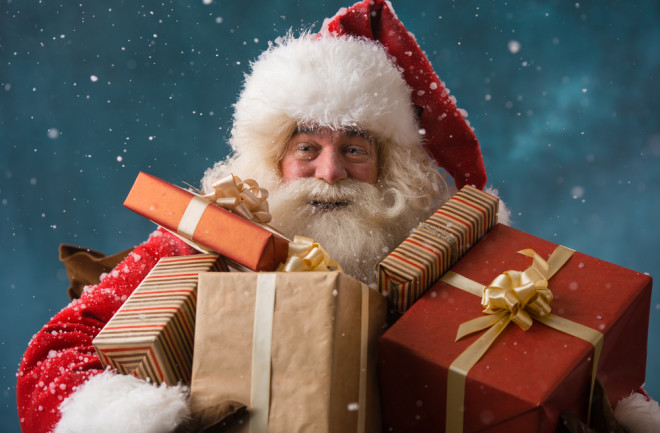The jolly old elf known as Santa Claus seems to have been cursed with an impossible task: deliver millions of presents to specific locations scattered across the surface of an entire planet.
As all good kids know, the man in the red suit always seems to pull his task off with aplomb. It’s an admirable feat, but it does strain our credulity, not to mention the laws of physics.
But perhaps Santa is more than an elf — perhaps he’s also a brilliant physicist. With some back-of-the-back-of-the-envelope calculations (and some generous assumptions about currently theoretical concepts), there might yet be a way for Santa to complete his task without resorting to fiction. We turned to physicists to find out.

